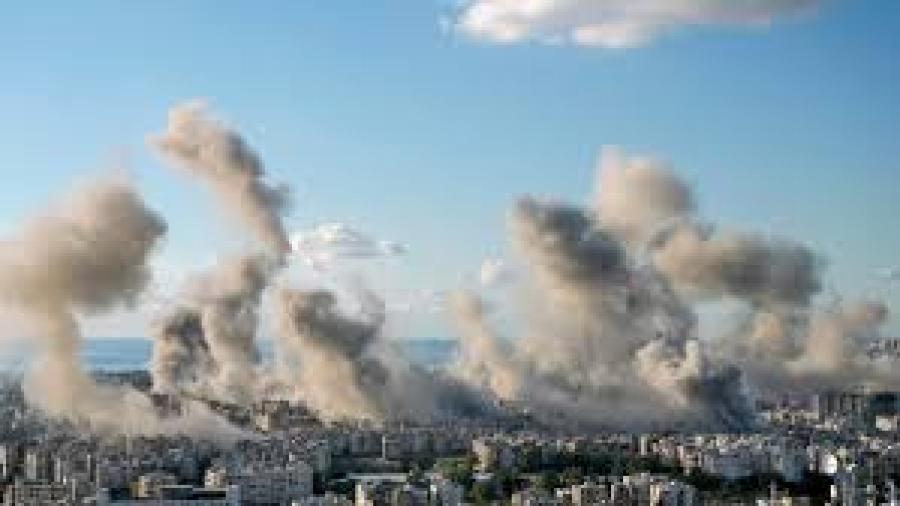A ceasefire between Israel and Hezbollah came into effect early Wednesday, signaling a potential end to over a year of conflict that has claimed thousands of lives and displaced hundreds of thousands.
The truce, which began at 4:00 am (0200 GMT), has prompted a cautious return of displaced residents to their homes in southern Lebanon, despite warnings from both sides.
Following the announcement, roads leading to Sidon, a major city in southern Lebanon, were congested as displaced residents began their journey back home. Cars and minibuses loaded with mattresses, suitcases, and blankets filled the highways, with many honking horns and singing in celebration. However, the Israeli military issued a stark warning, advising against approaching villages previously evacuated or areas near military positions.
“With the entry into force of the ceasefire agreement and based on its provisions, the IDF remains deployed in its positions inside southern Lebanon,” said Israeli military spokesperson Avichay Adraee on X (formerly Twitter).
Lebanon’s army echoed the caution, urging residents to delay their return to frontline villages until Israeli forces withdraw completely. “The army command calls on citizens to wait before returning to frontline villages and towns that Israeli enemy forces have penetrated,” it said in a statement. Hezbollah-affiliated groups also advised against premature returns, emphasizing the need for official clearance before resettlement.
The ceasefire agreement was brokered with United States’ mediation. President Joe Biden hailed the truce as a “new start” for Lebanon, while Israeli Prime Minister Benjamin Netanyahu credited Biden’s involvement in securing the deal.
U.S. envoy Amos Hochstein indicated that Israeli forces stationed two to three kilometers from the Lebanese border would gradually withdraw over the next 60 days. “The Lebanese army cannot deploy that many forces that quickly all across the south when they haven’t been there in such a long time,” Hochstein said in an interview. He emphasized the importance of avoiding a repeat of 2006, when a lack of implementation of agreements led to renewed conflict.
Netanyahu affirmed that the ceasefire would allow Israel to intensify its operations against Hamas in Gaza and focus on countering threats from Iran. “When Hezbollah is out of the picture, Hamas is left alone in the fight. Our pressure on it will intensify,” he said.
The war, which began in October 2023 following cross-border strikes by Hezbollah in support of Hamas, devastated Lebanon and northern Israel. Lebanon reports 3,823 fatalities since the start of the conflict, while Israel has recorded 129 deaths, including 82 soldiers. Nearly 900,000 people have been displaced in Lebanon, with significant destruction from airstrikes.
In Beirut’s southern suburbs, airstrikes continued until shortly before the truce began. Hezbollah, which did not directly participate in the ceasefire negotiations, has suffered heavy losses, including its leader Hassan Nasrallah and other senior commanders.
Iran, a key backer of Hezbollah, welcomed the ceasefire and reaffirmed its support for Lebanon’s “government, nation, and resistance.” Meanwhile, Biden and French officials pledged to ensure the deal’s full implementation.
